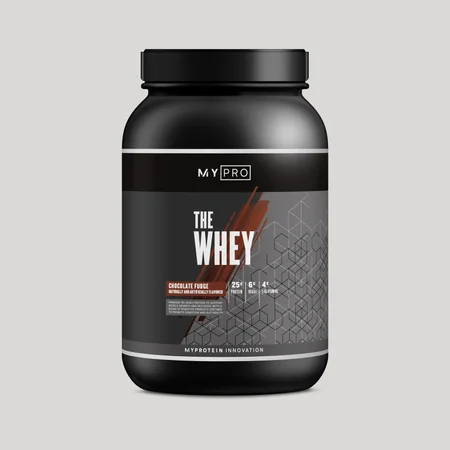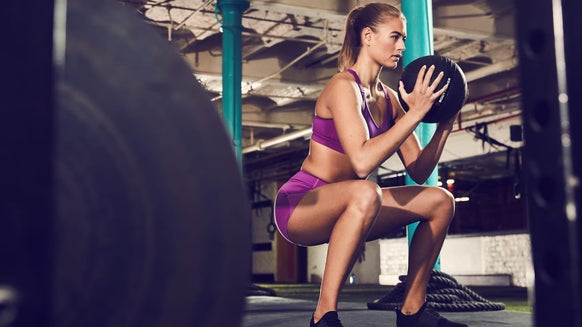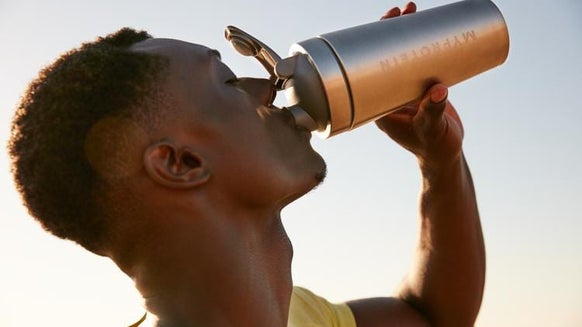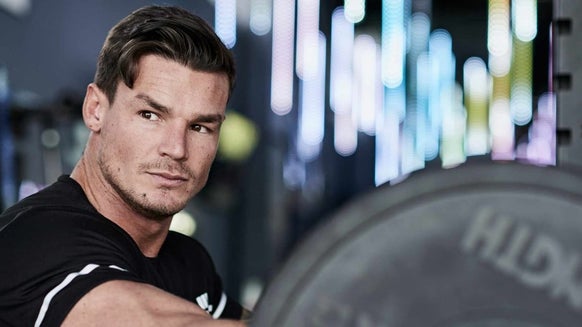The Best Pull Exercises | Discover Your New Workout
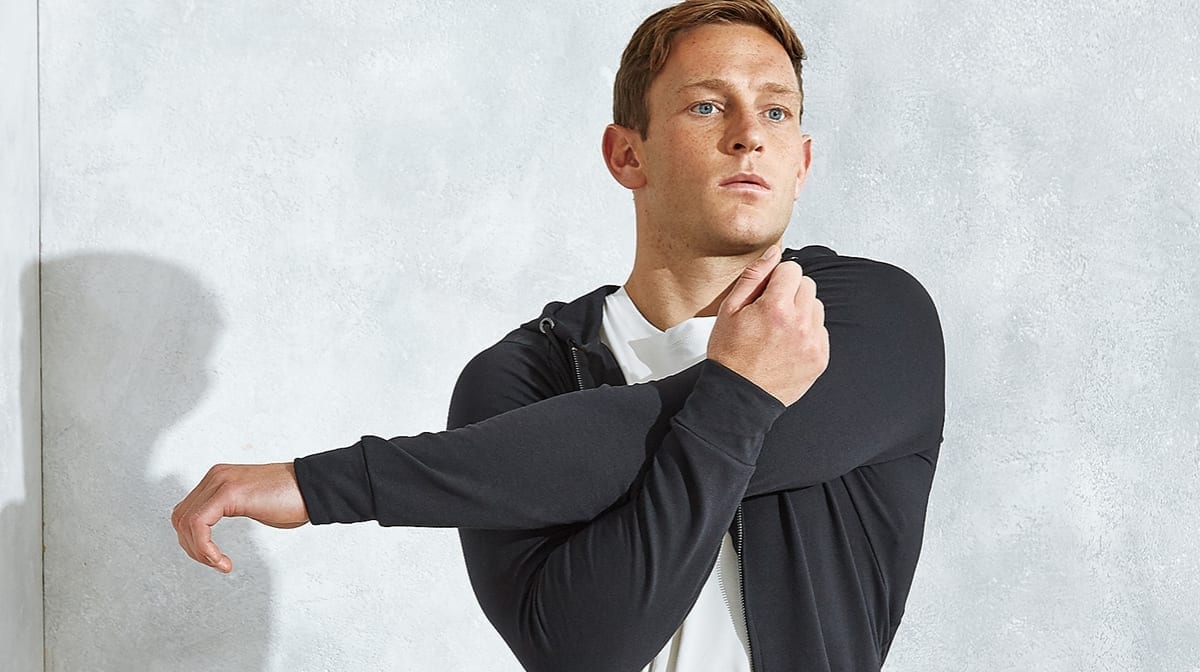
There are countless methods of weight training and exercising in general, and one of the methods of reaching your fitness goals is to set your workouts up around “Push” and “Pull” routines. The thought behind the workouts is to group together exercises that employ the same muscle groups while performing the exercises that can help you maximize your strength gains, as well as avoid overstressing and possible muscular damage and injuries.
Let’s look at some pull exercises that you can start incorporating into your routine!
Benefits Of Push/Pull Routines
Push/pull routines group exercises together to train while employing the same muscles throughout your workout. Obviously, since I am focusing on the “Pull” side of the training method, I will be covering exercises employing your back, traps, abs, hamstrings, forearms, and biceps, as these are the muscle groups being used in a pulling motion of weights. Unlike the regular split of working out every muscle group once a week, an efficient push/pull workout program allows you to hit each body part twice as you’re combining main muscle groups together based on its function.
Here are some of my favorite pull exercises that you can incorporate into your routine. Most of these are compound exercises employing multiple muscle groups at the same time, rather than isolation exercises. Compound exercises are multi-joint exercises and in general burn more calories, increase the intensity of the exercise, and improve core strength as they require certain core balance and coordination that isolation exercises simply do not. Some of these exercises, however, such as biceps movements, are effectively trained by isolation exercises such as curls, hammers, etc.

Pull Workout
Note: A very important factor in any training routine is to properly warm up prior to conducting some serious weightlifting. Dynamic warm-up, jump rope, or about 10-15 minutes of some fast-paced cardio should do the trick to get your blood flowing and your heart rate up to get the most out of your workout. Proper warm-up can also prevent unnecessary injuries.
? Deadlifts
Deadlifts are my all-time favorite pull exercises and here is why. You must learn the correct technique and they take a bit of getting used to, but deadlifts offer various performance styles, grip changes, and variations in general. They are a staple of an efficient pull exercise program by employing your core, lower back, forearms and back muscles all at the same time to perform the lifts. You can perform a variety of deadlifts such as Romanian Deadlifts or alternating grips to get the most out of this great pull exercise.
? Pull-ups & Chin-ups
Pull-ups and chin-ups are great exercises for improving your body strength as well as strengthening your upper back, grip strength, and forearms. Wide grip pull ups are my go-to exercise for building up the “V” shape of your back or the wideness of your back muscles. Building the wideness of your lats as well as body strength can be done by incorporating wide grip pull-ups into your routines. Chin ups, on the other hand, employ biceps as well as upper back muscles as the change of the grip of the bar activates your biceps during the pulling movements.

? Seated Cable Crunch
Cable crunch is a great pulling exercise effectively stretching your abdominal muscles if done properly. Focus on slowing down and controlling the weight during the eccentric part of the movement (stretching the muscle when going up) as well as keeping your hips stable and not sitting backwards during the exercise. This prevents additional pressure on your hip muscles and prevents unnecessarily straining your hip flexors.
An important factor while performing the cable crunch is to really focus on pulling the weight with your core and abdominal muscles rather than counting on your grip and forearms to do all the work. Make sure your core is engaged and your abs are tight and initiate the movement and control the weight on the way back up. This took me a while to get used to, but your abs will thank you later. Your hands should only serve as a tool for keeping the cable in place while performing the exercise.
? EZ-Bar Biceps Curl
While most of the pulling exercises are multi-joint compound exercises, biceps doesn’t really offer that many compound lifts and are effectively trained with isolated movements. EZ-Bar biceps curls allow you to hit the inner part as well as outer part of your biceps via switching the grip to close or wide grip curl.
Close grip biceps curls engage more of the outer part of your biceps, while wide grip curls allow you to focus on the inner part of your biceps. Additionally, try to focus on performing the exercise with moderate enough weight to make the workout challenging, while avoiding jerking the weight up and engaging back muscles and shoulders. It’s better to stick to lower weight and perform the exercise properly than face possible injuries by trying to lift too much weight. Biceps is an isolation exercise and should be performed cautiously while controlling the weight up and down.

? Stiff Leg Dumbbell Deadlift
Stiff leg deadlift allows you to really stretch the hamstrings by either performing the exercise with dumbells or a barbell. This is another compound exercise that can improve your core stability and strength and is a great pulling exercise engaging some lower back, hamstrings and your abdominals.
Once again, when performing the exercise with weight like dumbells or a barbell, your arms should only serve the purpose of keeping the weight in place. Try to avoid lifting the weight up along with your body. Let your hamstrings, core, and lower back do the work while controlling the movement in the eccentric (stretching) part of the movement. Keeping your core engaged can greatly assist with the movement and improve your overall core strength. Definitely one of my favorite hamstring exercises!
? Side Lateral Raises
An amazing shoulder exercise to include in your pull routine to develop your deltoids. An important thing to keep in mind is keeping your torso stationary and not swinging the dumbbells up and down. Even if performing the exercise means taking the lighter dumbbells off the rack, trust me, it’s much better than having to deal with a delt injury later on.
Your shoulders should be properly warmed up and taken care of by controlling the movements and performing the exercises with a weight that will be challenging, but light enough to allow you to perform the movement properly.
Recommended Supplements
Supplements can be a great way to enhance your performance and help you recover. Why not try the following to help you reach your training goals:

Take Home Message
There are various exercises and methods of training for mass, fat loss, or endurance. The important factor is to find a routine that works for you and your body responds well to. Push and pull routines are great in grouping the exercises together by the muscle’s functions, which can potentially translate into higher efficiency and potential, given that you’re following a proper nutrition plan, sleeping enough etc. Push and pull are definitely training routines that I include in my training when I am switching my exercise plan or I hit a plateau.
These pull exercises covered above have been effective in my fitness journey and has helped me to progress at the gym while keeping the fitness journey enjoyable and effective. Happy pull-lifting!


